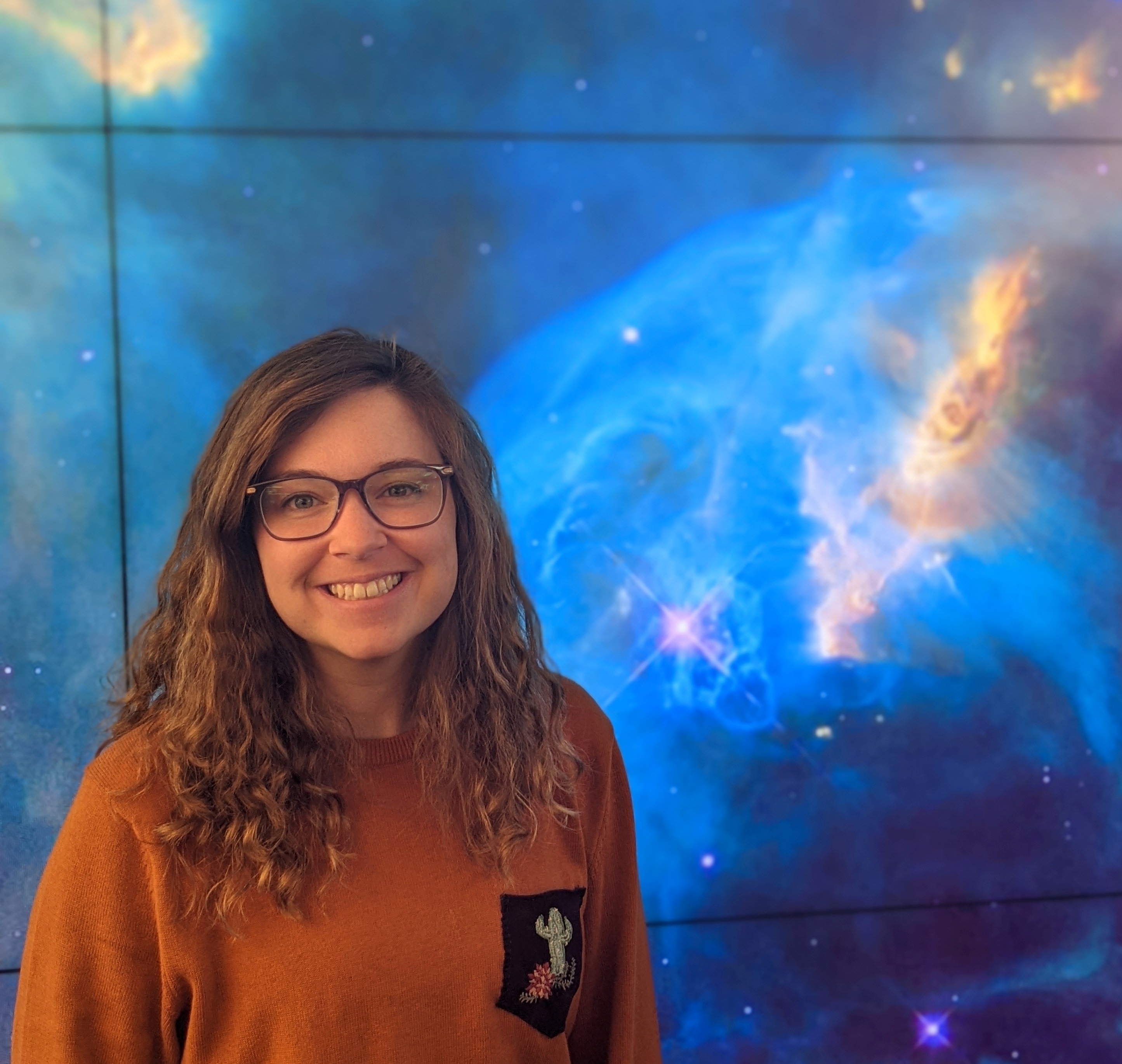Revealing galaxy property trends with DESI Y1
Galaxy shapes correlate with one another on small-scales, with a magnitude that depends on their local environment — captured by their luminosities, colors, and star formation histories.Siegel, McCullough, Amon, et al. 2025
Abstract
We present direct measurements of the intrinsic alignments (IA) of over 2 million spectroscopic galaxies using DESI Data Release 1 and imaging from four lensing surveys: DES, HSC, KiDS, and SDSS. This work builds a library of IA measurements across colour, luminosity, stellar mass, and redshift. We map the dependence between galaxy type and IA amplitude; the bluest galaxies have an alignment consistent with zero, at both low (0.05 < z < 0.5) and high (0.8 < z < 1.55) redshifts. To construct cosmic shear samples minimally impacted by IA, we map the dependence of alignment with colour purity. Red, quenched galaxies are strongly aligned, with the amplitude of the signal increasing with luminosity and stellar mass. For DESI galaxies between z ∼ 0.2 − 1.5, trends in luminosity and colour alone are sufficient to explain the alignments we measure — with no need for an explicit redshift dependence. In a companion paper (Jeffrey et al., in prep), we perform detailed modelling of the IA signals with significant detections. Finally, to direct efforts for future IA measurements, we juxtapose the colour-magnitude-redshift coverage of existing IA measurements against modern and future lensing surveys. 
Available data products
- Read the paper: arxiv, journal (TBA)
- Read the sister modelling paper: Jeffrey et al. (in prep) (TBA)
- For DESI Y1 data access: See the Year 1 Data Release
- For digitized direct measurements from the paper: Zenodo (TBA with the modelling paper)



